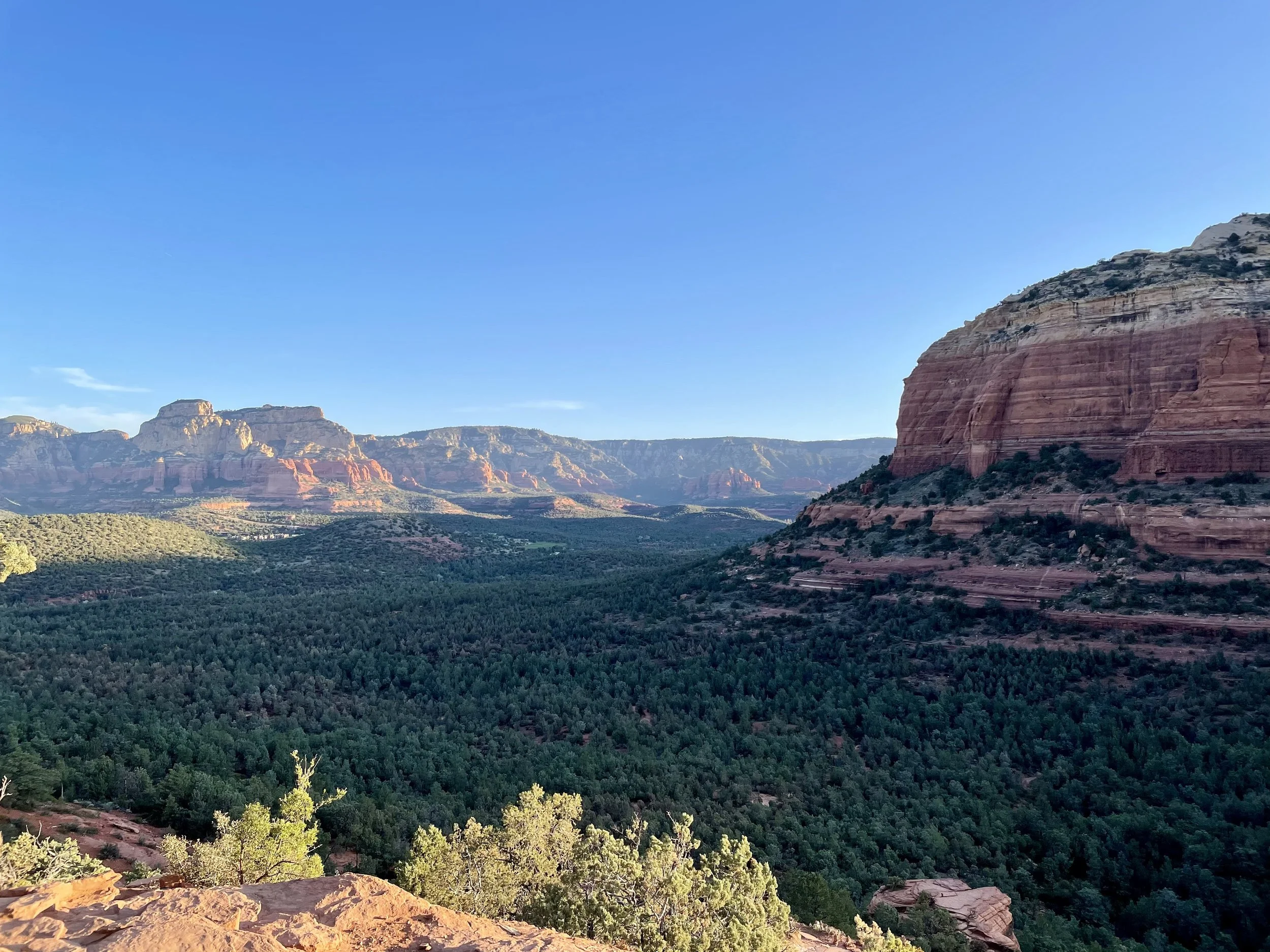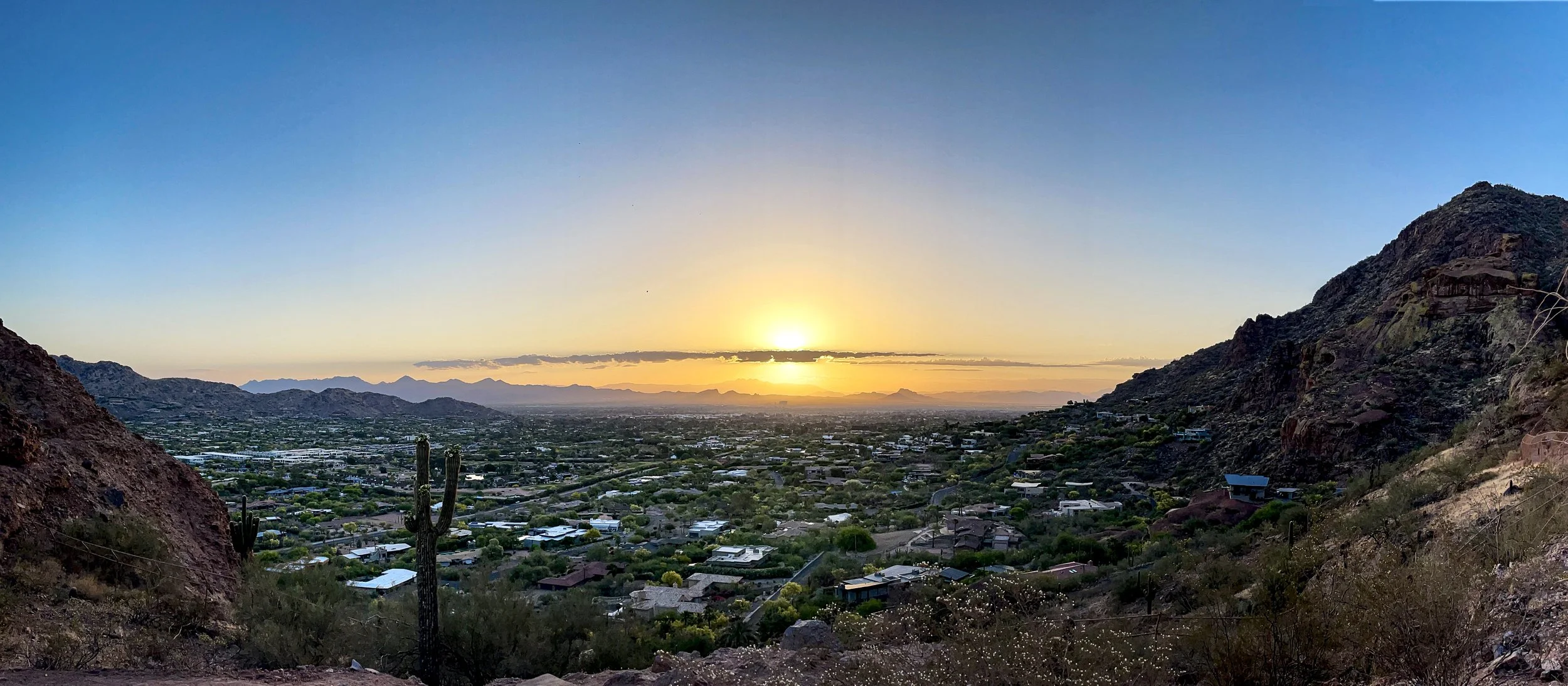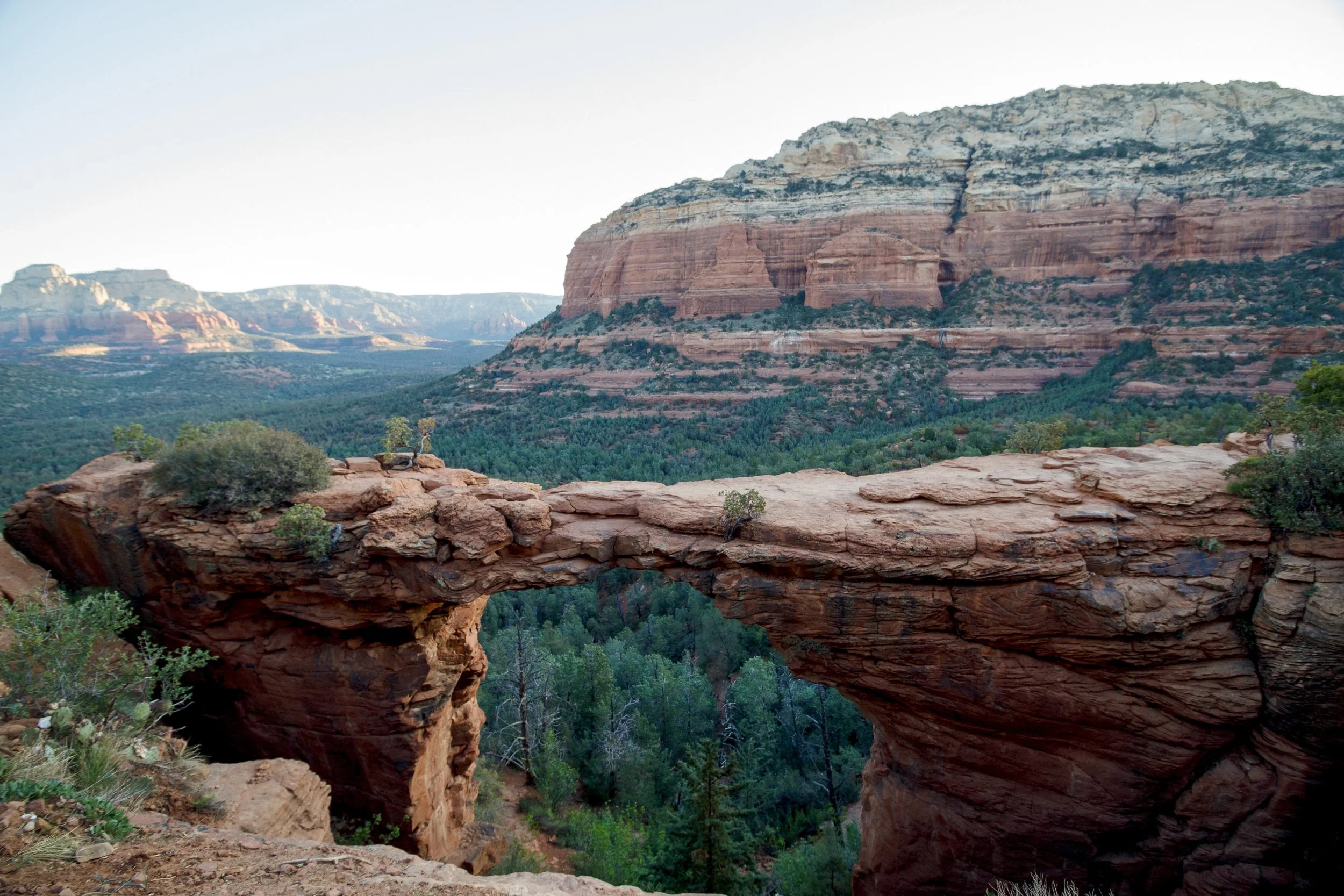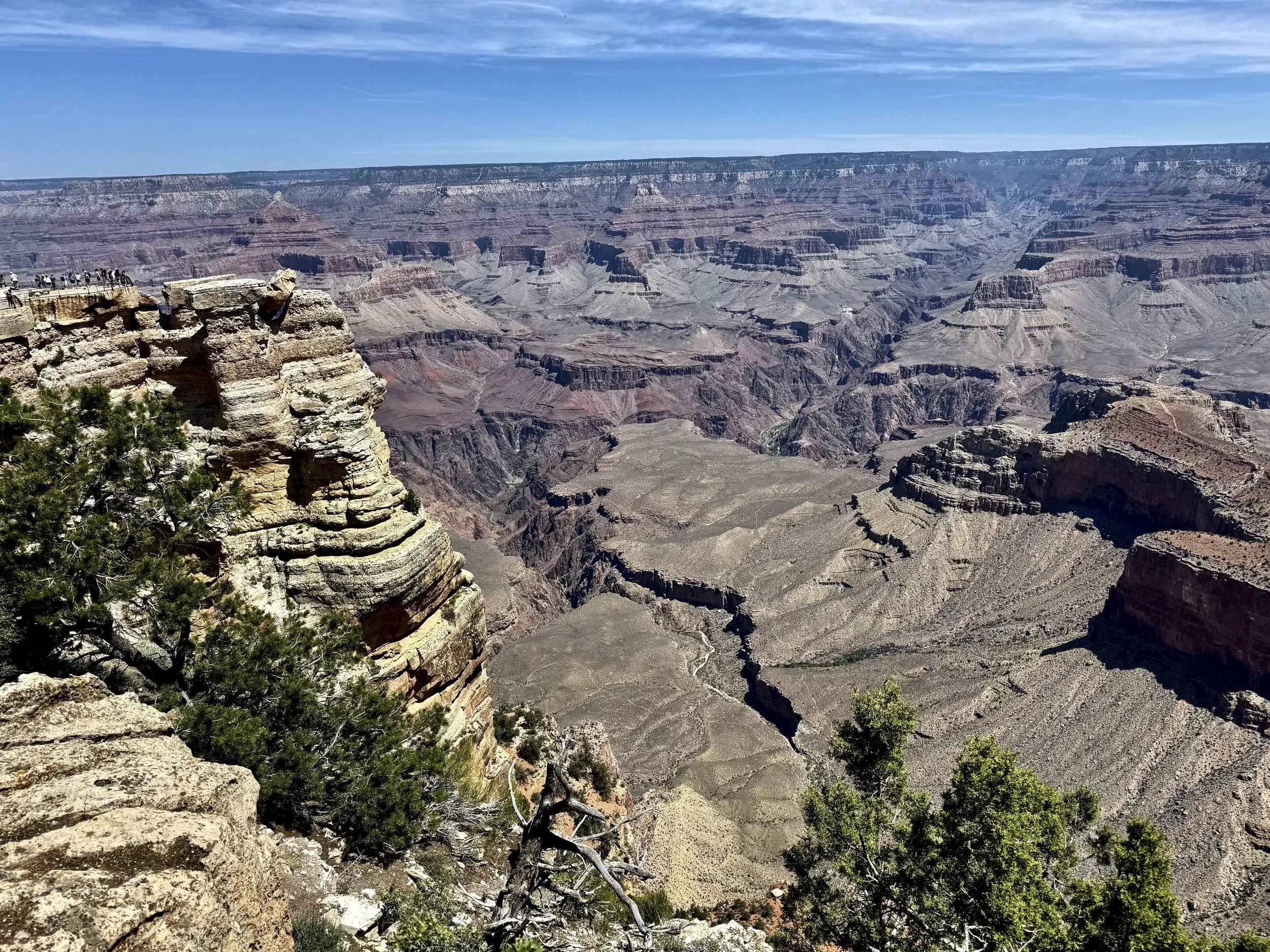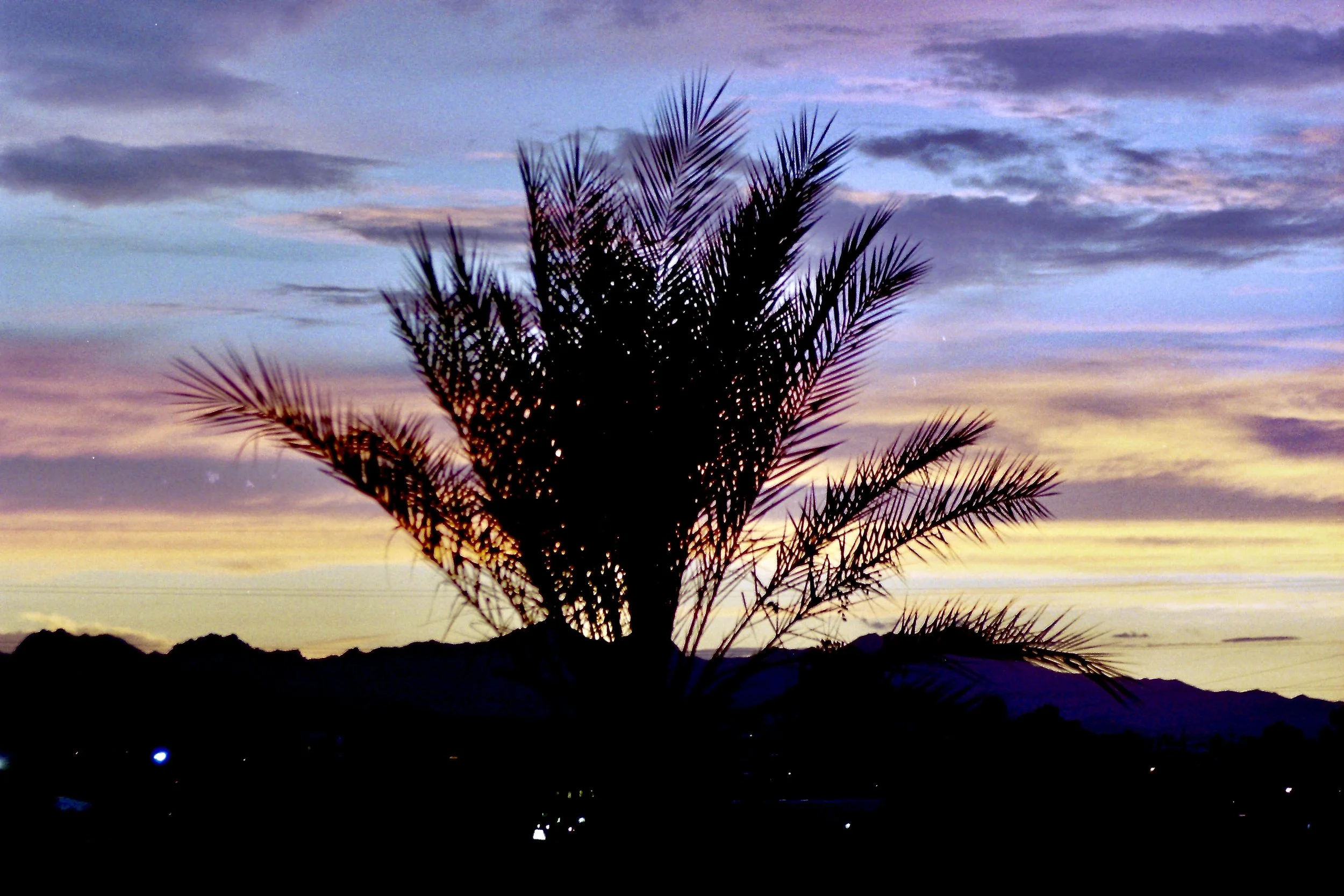Arizona
Sedona
The Land of Sunburn, Saguaros, and Seriously Beautiful Landscapes
I have visited Arizona multiple times over the years and each trip has shown me how truly diverse the state is. On one visit I am getting sunburned, and on another I am freezing. It is a dynamic place that keeps you on your toes.
Tucson and the Biosphere
My first trip to Arizona was in the early 2000s, when I attended a conference in Tucson. While there, I visited Biosphere 2, a massive glass complex originally built to test whether humans could survive in a completely self-sustaining environment. The experiment ultimately failed, but hey, they gave it a 200 million dollar try. Today it is run by the University of Arizona, and visitors can tour miniature rainforests, deserts, and even a tiny ocean biome.
When I was not in a lecture hall, I was out exploring the desert terrain. Arizona sunsets are on another level. The wide open skies, massive saguaros, and fiery colors make them unforgettable. It was also in Tucson that I ended up saving one of my conference colleagues from drowning in a hotel pool, but that is a story for another day.
Tucson’s other charms include Saguaro National Park, which protects the forests of giant cactus that define the region, and the city’s strong Mexican American influence. Tucson is actually a UNESCO “City of Gastronomy” and is known for its chile heavy cuisine and Sonoran hot dogs, a local favorite.
Sunrise from Camelback Mountain
Phoenix: Heat, Hikes, and Lessons Learned
On my second visit to Arizona, I stayed in Phoenix. About an hour after I arrived, I made the rookie mistake of hiking Piestewa Peak in the middle of a cloudless April afternoon. I brought a couple bottles of Gatorade and thought that would carry me through. News flash, it did not. In that kind of heat, water is what you need. The mountain is short but steep, and dehydration nearly had me quitting before the summit. I crawled along in the scarce shade, took it slow, and eventually made it to the top. The view was worth the struggle, but if you go, hike in the morning or late afternoon. Your body will thank you.
The following morning, a little wiser and properly fueled, I set out for Camelback Mountain, one of Phoenix’s signature hikes. I arrived at the trailhead around 5:00 a.m. with a friend, and even at that hour we could already see headlamps bobbing along the ridge from hikers who had started earlier. We began just as the first light broke the horizon, and watching the sunrise spill across Phoenix felt like something out of a movie.
Camelback has two routes to the summit, one shorter and less intense, and the other longer and more challenging. The easier trail was closed that morning, so we had no choice but to tackle the tougher one. The climb was strenuous, and I made plenty of stops along the way. Fortunately, the trail was busy, so if you did run into trouble, someone would notice quickly. With Arizona’s heat and the occasional poor planning of hikers, the city actually closes Camelback in the summer months after too many rescue airlifts. Thankfully, we were not part of that statistic. We sweat our way to the top, soaked in the view, and shared high fives with fellow hikers who cheered each other on all the way up.
When I was not climbing mountains, Phoenix itself had plenty to offer. The Desert Botanical Garden is a showcase of desert plants from around the world, while the Heard Museum is dedicated to Native American art and history. Baseball fans flock to the city in spring for Cactus League spring training, which brings major league teams and their fans from across the country.
Devil’s Bridge
Sedona’s Red Rocks
You would think two days of hiking would have been enough, but on my third morning in Arizona, I drove north from Phoenix in the pitch black hours before dawn. Arizona earns its reputation as a dark sky state, and when the first light hit Sedona’s red cliffs, the drive suddenly felt worth it.
I hiked to Devil’s Bridge, a natural sandstone arch stretching across a canyon. Many visitors walk across it for the photo, but I stuck to a safe distance and admired it from the side. Even from there, it was a striking sight.
Sedona is a hub for hiking, mountain biking, art galleries, and spiritual retreats. Trails like Cathedral Rock and Bell Rock are classic red rock hikes, while the Chapel of the Holy Cross, built directly into the cliffs, is worth a stop whether you are religious or not.
Grand Canyon South Rim
The Grand Canyon and Northern Arizona
My third trip took me to the Grand Canyon, where I managed to get sunburned on just my left side while driving to the park. The canyon itself lives up to the name. It is, quite literally, GRAND. The Colorado River did one hell of a job carving out that layered, multicolored masterpiece, and standing at the rim makes you realize how small you really are. I have a full write-up on the Grand Canyon in the National Park section, if you want all the details.
I passed through Flagstaff late one evening on a cross-country train trip. When I hopped off the train, the 33 degree temperature shocked me. I had been expecting the kind of warmth I was used to in southern Arizona. The station itself was charming, but the cold sent me running back to the comfort of the heated cars. Sitting at 7,000 feet in the San Francisco Peaks, Flagstaff feels like a completely different climate zone. It also serves as a gateway not only to the Grand Canyon but to Walnut Canyon and Sunset Crater Volcano National Monuments.
Tuscon Sunset

